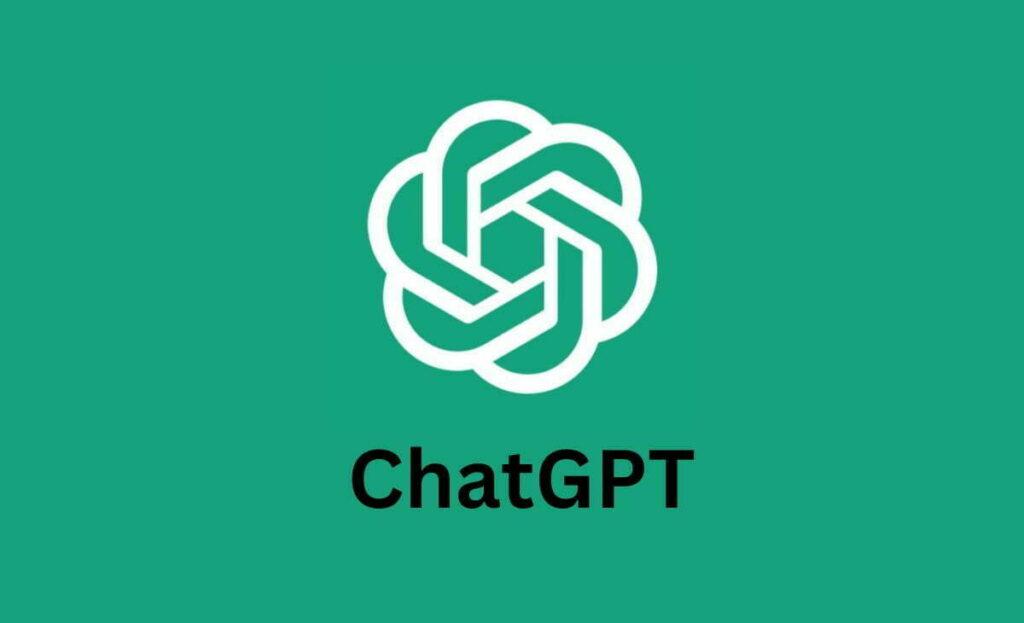Introduction
In recent years, the field of natural language processing (NLP) has witnessed significant advancements, with various artificial intelligence (AI) language models being developed to understand human language. One such model that has gained popularity in recent times is CHATGPT, a language model developed by OpenAI. In this blog post, we will explore what CHATGPT is, how it works, and its potential applications.
Also Read This: Mastering the Behance Portfolio Angle Shot for Creative Work Presentation
What is CHATGPT?
CHATGPT (Conversational CHATbot trained on GPT) is an AI language model developed by OpenAI, the research organization co-founded by Elon Musk, Sam Altman, and others. CHATGPT uses a variant of the GPT (Generative Pre-trained Transformer) architecture to generate human-like responses to text prompts.
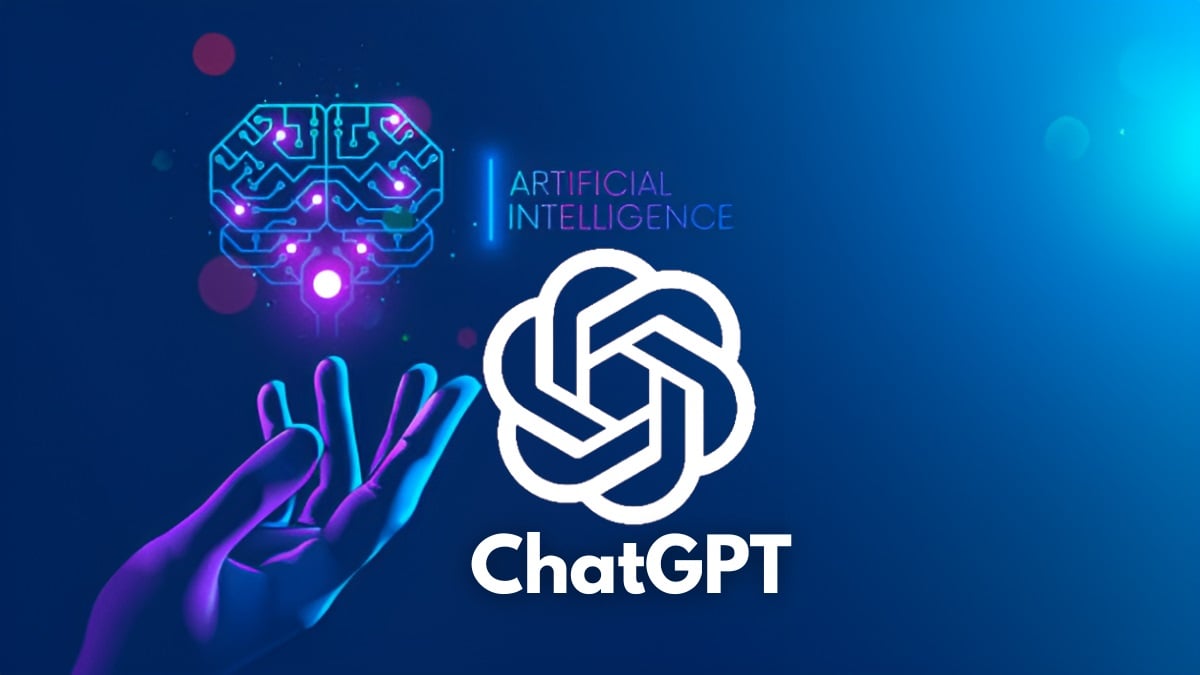
Also Read This: How to View a LinkedIn Profile Anonymously
How Does CHATGPT Work?
The GPT architecture is a type of transformer-based neural network that has been pre-trained on a large corpus of text data. This pre-training allows the model to learn patterns in human language, such as syntax, grammar, and semantics. GPT models have been successful in various NLP tasks, including language generation, translation, and sentiment analysis.
CHATGPT is designed to generate human-like responses to text prompts in a conversational setting. The model is pre-trained on a massive corpus of text data, including books, articles, and websites. During pre-training, the model learns to predict the next word in a sentence given the previous words.
Once pre-trained, CHATGPT can be fine-tuned on specific tasks, such as question-answering or chatbot conversations. Fine-tuning involves training the model on a smaller dataset that is specific to the task at hand. The fine-tuning process allows the model to adapt to the specific language patterns and vocabulary used in the task.
When deployed in a chatbot, CHATGPT takes in the user's input and generates a response based on the pre-trained language patterns and fine-tuned task-specific patterns. The generated response is then sent back to the user as if it were generated by a human.
Also Read This: Step-by-Step Instructions Adding a Bank Account to ShootProof
Applications of CHATGPT
CHATGPT has various applications in different fields, including customer service, education, and entertainment. Below are some of the potential applications of CHATGPT.
- Chatbots: CHATGPT can be used to develop chatbots that can understand and respond to natural language inputs from users. Chatbots powered by CHATGPT can provide 24/7 customer support, reducing the workload on human customer service representatives.
- Personal Assistants: CHATGPT can also be used to develop personal assistants that can understand and respond to user requests. These assistants can help users with various tasks, such as scheduling, reminders, and information retrieval.
- Language Translation: CHATGPT can be used to develop language translation systems that can translate natural language text from one language to another. The model can be fine-tuned on a specific language pair to improve the translation quality.
- Sentiment Analysis: CHATGPT can be used to perform sentiment analysis on text data, allowing businesses to gauge customer sentiment and improve their products and services accordingly.
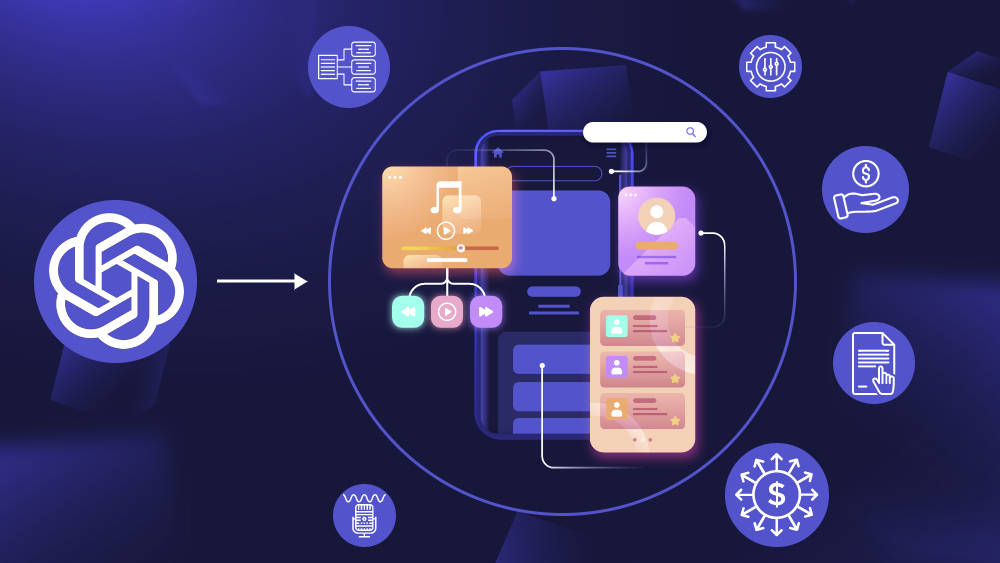
Also Read This: Is My Hero Academia Ultra Rumble Crossplay Available Across Platforms
Advantages of CHATGPT
CHATGPT has several advantages over traditional rule-based chatbots and other NLP models. Below are some of the advantages of CHATGPT.
- Human-like responses: CHATGPT can generate human-like responses to text prompts, making the conversation more engaging and natural.
- Scalability: CHATGPT can be trained on large datasets and fine-tuned on specific tasks, making it scalable and adaptable to various use cases.
- Improved accuracy: CHATGPT can generate more accurate responses than rule-based chatbots and other NLP models, thanks to its pre-training and fine-tuning processes.
- Cost-effective: CHATGPT-powered chatbots can reduce the workload on human customer service representatives, leading to cost savings for businesses.
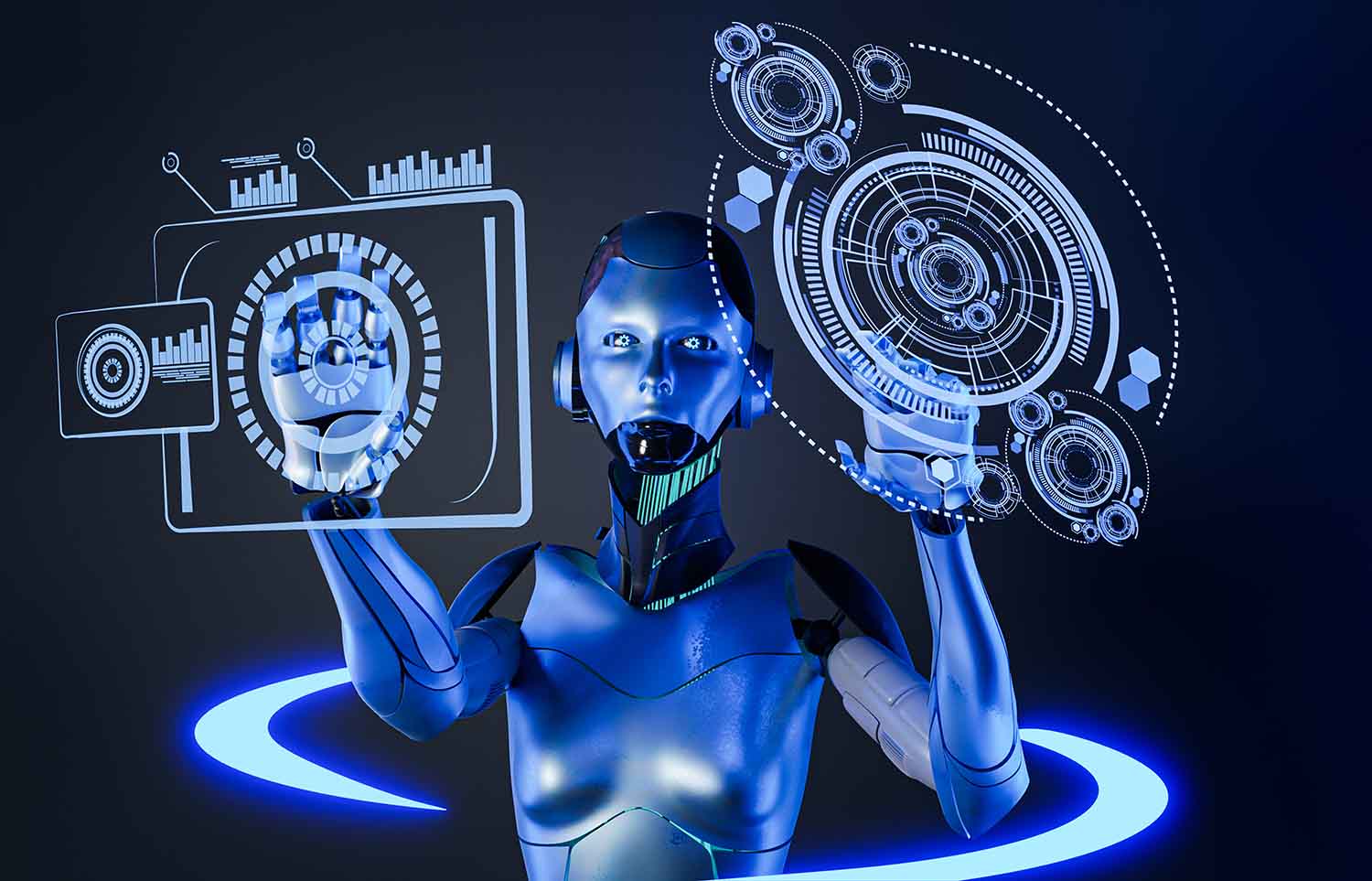
Also Read This: Science Medical Illustrations and Medical Animation: Transforming Communication in Healthcare
Limitations of CHATGPT
Although CHATGPT has several advantages, it also has some limitations that should be considered. Below are some of the limitations of CHATGPT.
- Biases: CHATGPT can inherit biases from the data it is trained on, leading to biased responses. For example, if the model is trained on a dataset that has gender biases, it may generate biased responses to gender-related prompts.
- Contextual understanding: CHATGPT may struggle with understanding the context of a conversation, leading to inaccurate responses. For example, if a user asks a sarcastic question, CHATGPT may generate an incorrect response.
- Security concerns: CHATGPT can generate realistic-looking responses that can be used to spread misinformation or engage in phishing attacks.
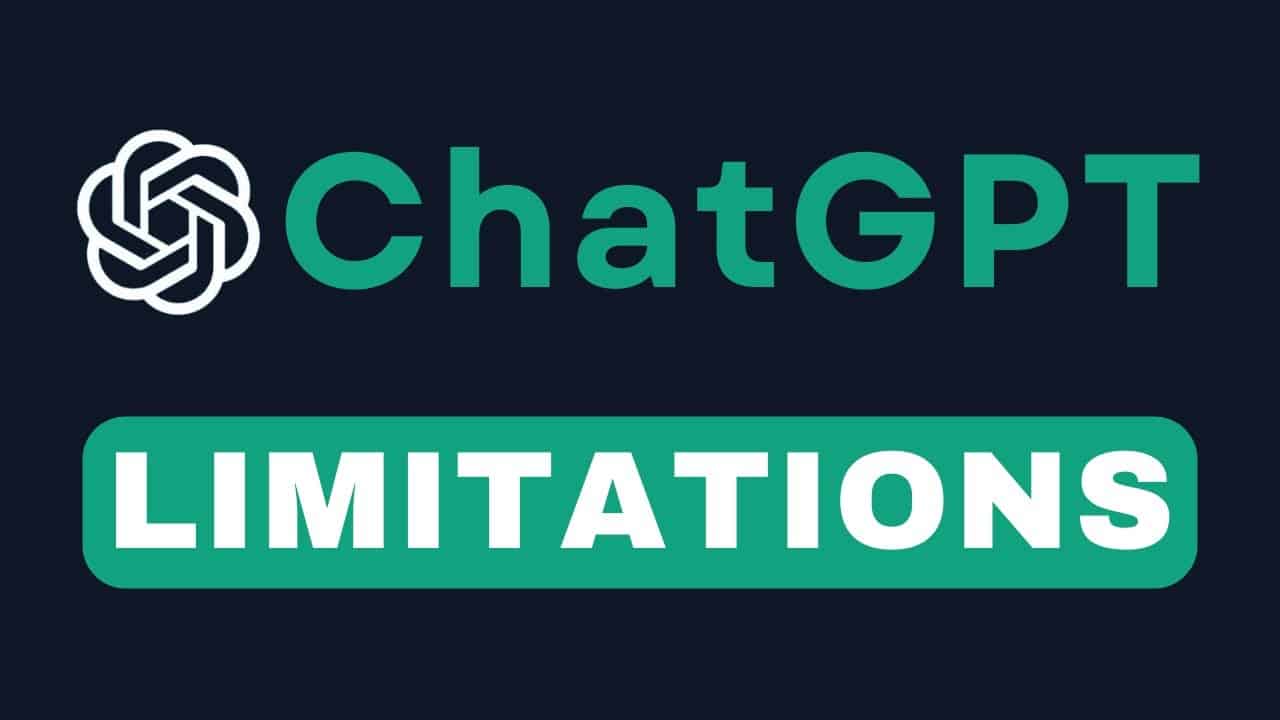
Conclusion
CHATGPT is an AI language model developed by OpenAI that uses the GPT architecture to generate human-like responses to text prompts. The model can be fine-tuned on specific tasks, such as question-answering or chatbot conversations. CHATGPT has various applications in different fields, including customer service, education, and entertainment. The model has several advantages over traditional rule-based chatbots and other NLP models, including human-like responses, scalability, improved accuracy, and cost-effectiveness. However, the model also has some limitations, including biases, contextual understanding, and security concerns. Despite its limitations, CHATGPT represents a significant step forward in the field of natural language processing and has the potential to revolutionize how we interact with machines.
